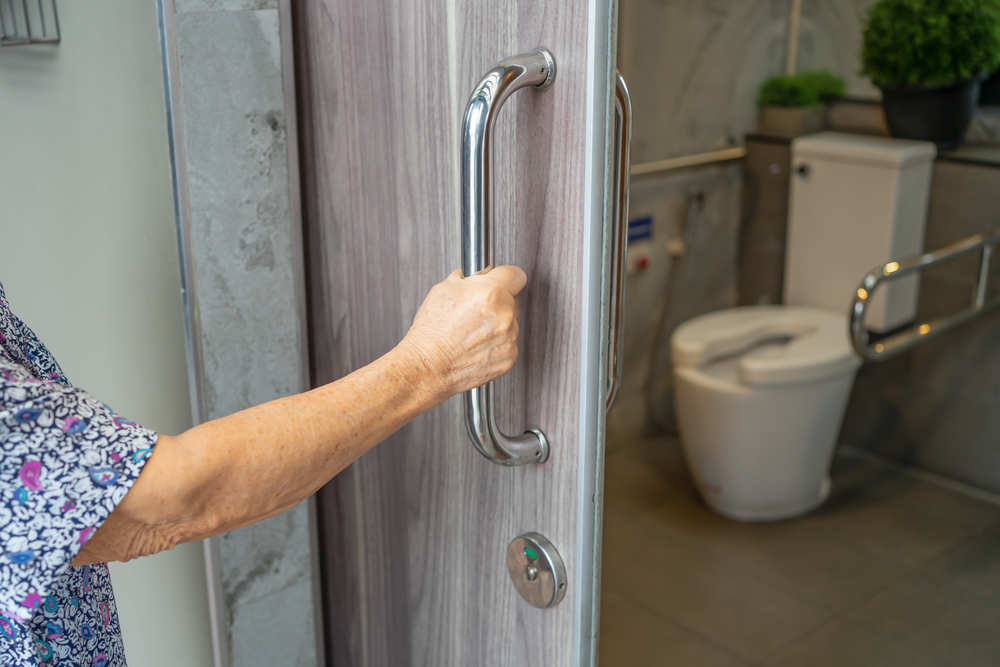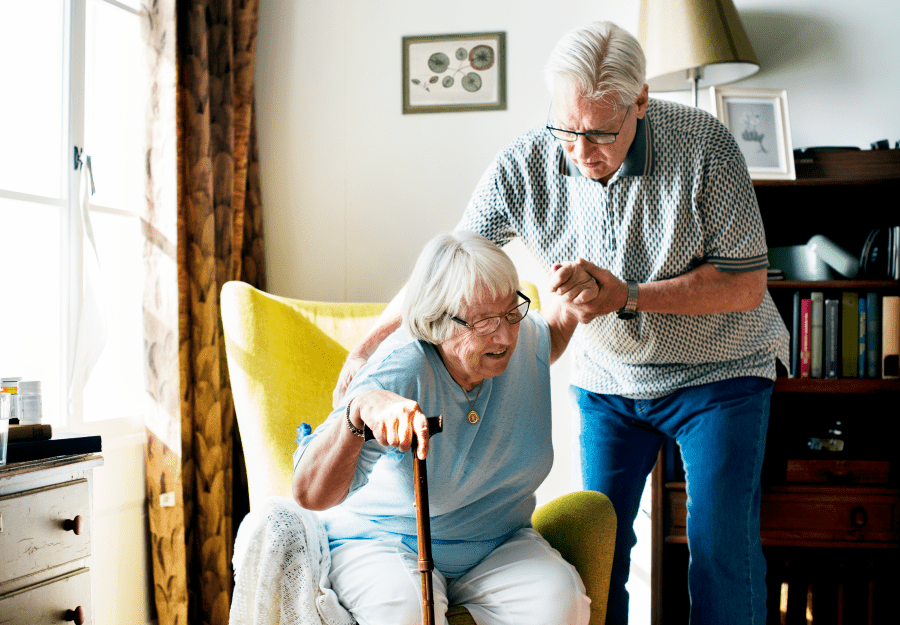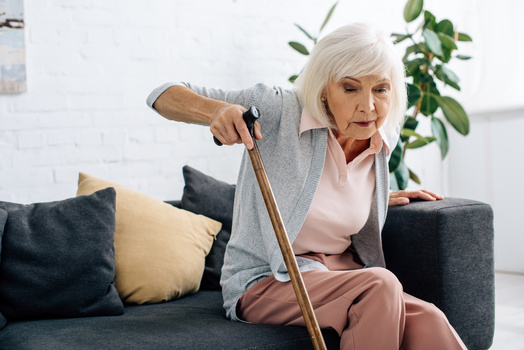As we age, maintaining safety in our homes becomes increasingly important. A key area of concern is the bathroom, where the risk of slipping and falling is high. This is where a walk-in shower for elderly safety comes into play, offering a safer and more comfortable bathing solution.

Why Choose a Walk-In Shower?
A walk-in shower is designed with accessibility in mind, featuring a low or no threshold entry, which eliminates the need to step over a high tub edge. This significantly reduces the risk of falls, making it a safer option for seniors.
In addition to safety, walk-in showers offer convenience and independence. With features like grab bars and non-slip flooring, seniors can enjoy a more stable and secure bathing experience.
Features of a Safe Walk-In Shower
Non-Slip Flooring
The flooring in a walk-in shower should be made of non-slip materials to prevent falls. Textured tiles or mats can provide the necessary traction to keep the elderly safe.
Grab Bars
Installing grab bars in strategic locations within the shower provides additional support and stability. These bars help seniors maintain balance and reduce the risk of slipping.
Adjustable Shower Heads
An adjustable shower head with a hose can make bathing easier for seniors, allowing them to direct the water flow where it’s needed without having to move around too much.
Shower Seats
Including a shower chair or bench in the design of a walk-in shower provides a place for seniors to rest while bathing, reducing fatigue and the risk of falls.
The Installation Process
Installing a walk-in shower is a straightforward process, but it requires professional expertise to ensure safety and compliance with building codes. It’s important to work with a contractor who specializes in senior home modifications.
Assessing the Bathroom Space
The first step in installing a walk-in shower is to assess the available space. The shower should be large enough to accommodate the needs of the elderly, with ample room for maneuverability.
Choosing the Right Design
There are various design options available for walk-in showers, ranging from simple to luxurious. Consider the needs and preferences of the elderly when choosing features such as shower heads, doors, and seating.
Benefits of a Walk-In Shower for Seniors
The primary benefit of a walk-in shower is safety. By reducing the risk of falls, seniors can maintain their independence and enjoy a greater quality of life. Additionally, walk-in showers are easier to clean and maintain than traditional bathtubs.
For more tips on senior home safety, consider reading the Room-by-Room Home Safety Guide.
Additional Safety Tips
Lighting
Ensure adequate lighting in the bathroom to help seniors navigate safely. Motion-activated lights can be particularly helpful in preventing accidents.
Temperature Control
Installing a thermostatic mixing valve can prevent scalding by maintaining a safe and consistent water temperature.
Regular Maintenance
Regularly check for any signs of wear or damage in the shower area, such as loose tiles or malfunctioning fixtures, and address them promptly to maintain safety.
Conclusion
Incorporating a walk-in shower for elderly safety is a proactive step in creating a safer home environment for seniors. With features designed to prevent falls and enhance comfort, these showers promote independence and peace of mind.

FAQs
1. What are the main safety features of a walk-in shower?
Main safety features include non-slip flooring, grab bars, adjustable shower heads, and shower seats.
2. How can I maintain a walk-in shower?
Regular cleaning and maintenance are key. Check for loose tiles, clean non-slip surfaces, and ensure fixtures are in good working condition.
3. Are walk-in showers more expensive than traditional tubs?
While the initial cost may be higher, the long-term benefits in terms of safety and convenience often outweigh the expense.
This article contains affiliate links. We may earn a commission at no extra cost to you.






